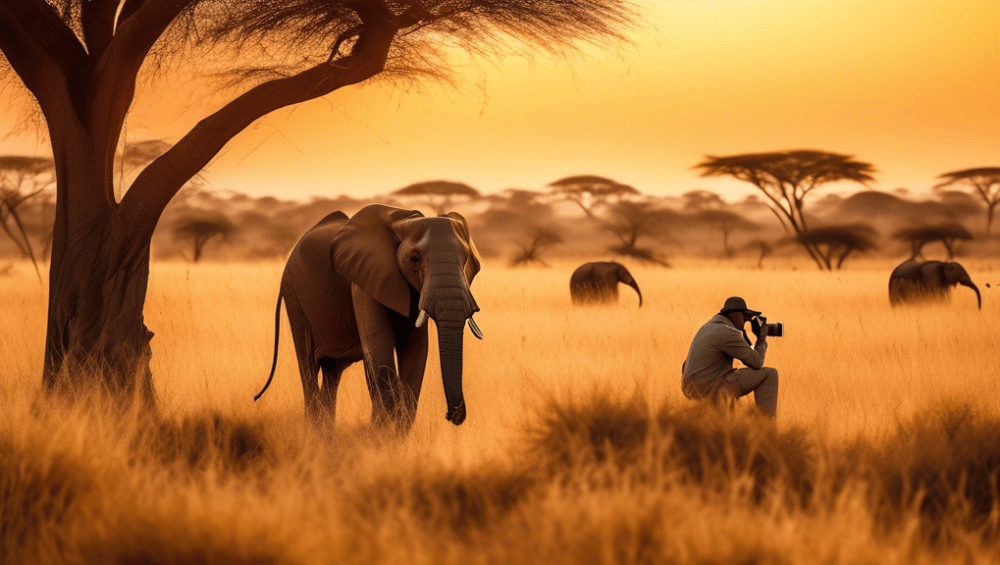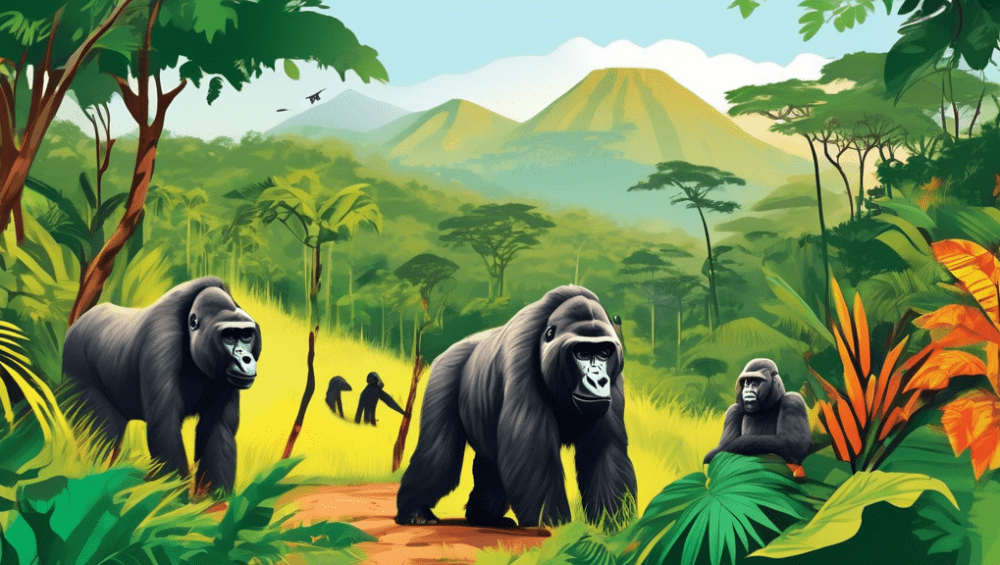A Beginners Guide to the Big Five Where to See Them in Africa
A Beginner’s Guide to the Big Five: Where to See Them in Africa
Have you ever dreamt of standing in the heart of Africa, watching the majestic lion prowl through the savannah or witnessing a massive elephant leisurely stroll past your safari jeep? Trust me, it’s an experience that stays with you forever. But if you’re just getting started, navigating where to see Africa’s famed Big Five can feel like a safari in itself. Don’t fret, I’ve got you covered!
Who Are the Big Five?
First thing’s first, let’s cover who the Big Five actually are. Originally, these were the most challenging animals to hunt on foot, but nowadays, we’re only shooting them with cameras (as it should be, right?). The Big Five are:
- Lion
- Leopard
- Elephant
- Rhinoceros
- Cape Buffalo
Each one is fascinating in its own right, and seeing even one of them in the wild is a bucket-list-worthy experience. Let’s dive into where you can catch these incredible creatures in action.
Kruger National Park, South Africa
If Zoos were theme parks, Then Kruger National Park would be Disneyland. Seriously, this place is huge—nearly 19,000 square kilometers! The park is a haven for all of the Big Five, making it one of the most popular destinations. I remember driving along its endless roads, feeling like an explorer as a herd of elephants crossed right in front of us. Just make sure you have plenty of space on your camera’s memory card!
Masai Mara, Kenya
Ever watched a wildlife documentary and marveled at the Great Migration? That’s the Masai Mara for you. Timing is everything here; visit between July and October to see massive herds of wildebeest—and yes, plenty of lions and other Big Five members. I once had a cheeky young leopard practically posing for my lens, as if it were auditioning for a modeling career!
Serengeti National Park, Tanzania
The Serengeti is the Masai Mara’s big sibling, stretching across Tanzania. It’s another veritable paradise for the Big Five. The vast plains make it easy to spot these majestic animals. I vividly recall a lazy afternoon when a pride of lions decided to lounge around in the shade of our jeep. Just chilling, you know? Totally surreal.
Okavango Delta, Botswana
If you’re a bit of an adventurer, the Okavango Delta is the ultimate playground. This water wonderland offers a unique way to see the Big Five—from a boat! Glide through the waterways and you might see a buffalo wading or an elephant bathing. During my visit, a hippo decided to take a mock charge at our boat. Don’t worry, it was all in good fun—albeit slightly heart-stopping fun!
South Luangwa National Park, Zambia
For those looking to avoid crowds, South Luangwa National Park is the hidden gem you need. It’s especially famous for its walking safaris. Imagine tracking a leopard on foot, guided by an expert who can read the bush like an open book. My guide once pointed out fresh tracks and said, We’ll find the leopard soon. I was skeptical, but sure enough, there it was, lounging on a tree branch.
Final Tips for Your Big Five Safari
- Book a Guided Tour: These pros know where to find the animals and are full of fascinating facts.
- Best Times to Visit: Winter months (June to October in Southern Africa) for a higher chance of sightings.
- Camera Ready: Keep your camera on standby—you never know when an elephant might show up!
- Be Patient: Sometimes it takes a bit of waiting. Good things come to those who wait, right?
So, are you ready to pack your bags and head to Africa for a Big Five safari? Trust me, it’s an experience you won’t regret. Happy adventuring!










